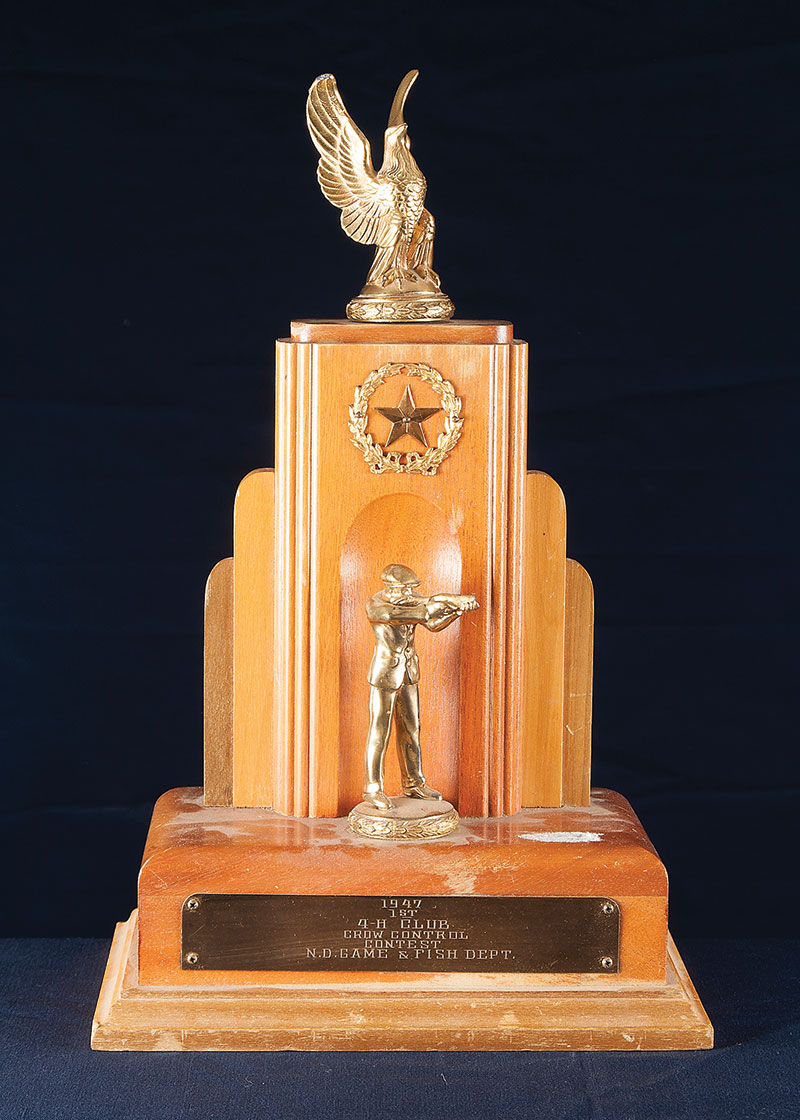A Look Back

North Dakota’s spring crow season opens March 11. It’s unlikely anyone will skip school or work to open the season on a bird that is so pedestrian it hardly earns a second look while picking at flattened roadkill or parking lot litter.
Yet, back in the day, say, from the late 1930s to early 1950s – killing crows in North Dakota, and across the country, was a big deal.
It was understood at the time that crows were tough on game birds prized by hunters.
“It has been estimated by scientists that the crows reduce the duck population by one-third, and the toll taken in upland bird life is extremely large. Entire clutches of partridge, grouse and pheasant eggs have been cleaned out by the black marauders,” according to the March 1939 issue of North Dakota OUTDOORS.
For many years, the Game and Fish Department sponsored a crow control contest. According to a historical look back at “The Crow Wars” in the March 1990 issue of OUTDOORS, the contest coincided with the crows’ annual spring migration.
The trophy pictured on this page was awarded to the first-place 4-H club in the crow control contest in 1947. The trophy was passed along to a Department game warden earlier this winter, and was the inspiration for this Look Back.
It was reported that the Game and Fish Department sponsored its first crow control contest in 1937. Contests were held most years through the 1940s. Trophies and prizes were awarded to wildlife clubs and individuals taking the most crows and crow eggs. Some clubs split into two teams, with the losing team at the end of the contest putting on a banquet for the winning team.
Crows were shot on roosts after sunset and nests were robbed of eggs. Other methods of take, which would certainly be frowned upon today, were also employed.
In 1949, for example, the crow control contest accounted for 34,225 dead crows. Not many years later, the war on crows began to subside.
Eventually, the crow was protected under the Migratory Bird Treaty Act. It still is today, though North Dakota and many other states have classified it as a game bird.
Today, North Dakota’s spring crow season is also followed by a fall season.
